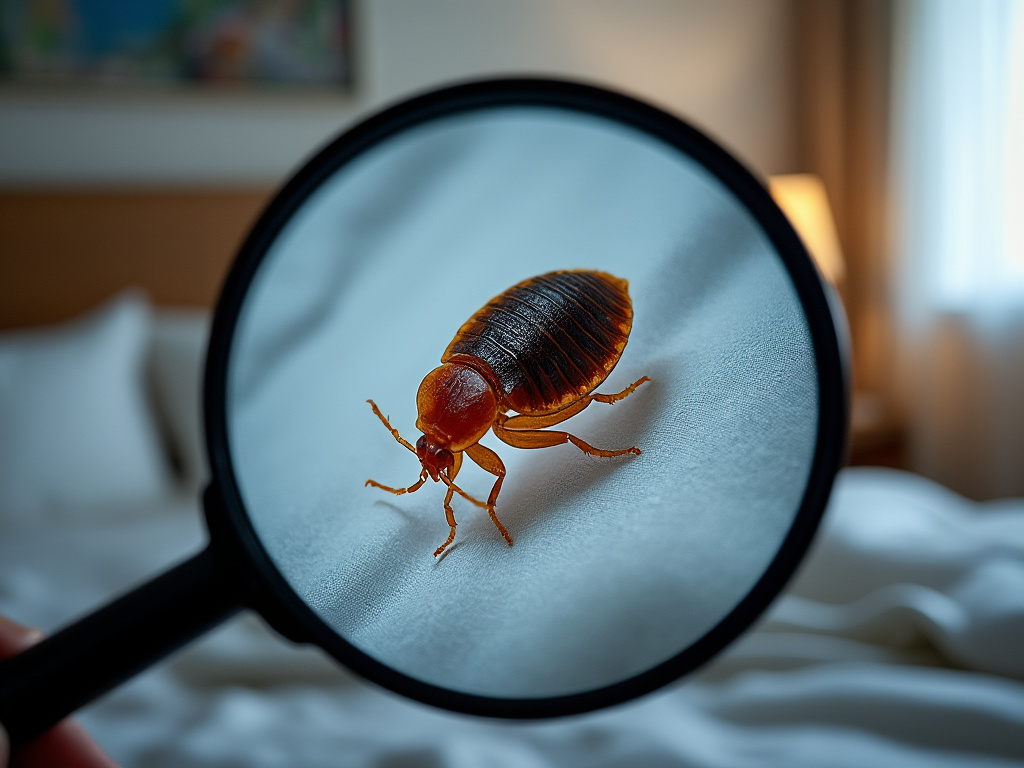How to Prep a Room for Bed Bug Heat Treatment
Before you pay a professional or spend money on a home bed bug heater, run through these steps to verify the problem and get your room ready for treatment.
Step 1: Look for evidence of a bed bug infestation. Some of the signs include bites, blood on your mattresses or bedclothes, feces on infested areas, pale yellow nymph skins, and eggshells.
Step 2: Rule out look-alike bugs. Unfortunately, bed bugs don’t have much in the way of identifying features and there are other insects that look a lot like bed bugs.
- Bat bugs
- Fleas
- Spider beetles
- Ticks
Step 3: Next is figuring out the extent of the problem. In a heavily-infested home or room, bed bugs aren’t only in the bed. They may hide out in other furniture, such as couches and chairs, under loose wallpaper, and even in electrical outlets. It’s really important to search every possible hiding place to make sure your treatment is thorough.
Step 4: Make sure that hot air can circulate throughout the room that you’ll be treating. That may mean moving furniture 4-6 inches away from walls and bagging any loose items. Heat may not disperse evenly if things are in piles. Placing them in trash bags will allow the treatment to work and allow you to move possibly-infested items into the laundry room without spreading bed bugs.
Step 5: Go around the room and unplug all appliances. Your heater’s going to use a lot of power, and you don’t want to risk blowing a fuse.
Step 6: High heat can damage house plants and cause distress to your pets, so make sure they’re not in the room you’re going to treat. Our Pros also warn that high heat can damage inanimate objects too, so move aerosol cans, plastic items, and so on.
We don’t suggest using any type of spray or chemical treatment. The heat alone should be enough to destroy bed bugs and a chemical spray may cause bed bugs to flee into another room – and that’s the last thing you want to happen.
Following these steps will improve the odds that your heat treatment will successfully kill all bed bugs in the treated area.


